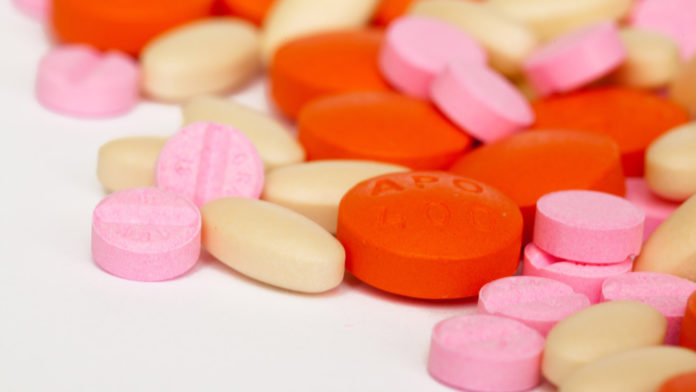In theory, many rare diseases are amongst the simplest to cure. Unlike cancer, which can be caused by any combination of many genes, many rare diseases are caused by a single mutation on a single gene. Bringing back the lost function of the broken gene could ease symptoms, or even provide a cure.
Diseases caused by a single mutation can be debilitating. They include relatively well-known diseases like cystic fibrosis and muscular dystrophy, but many affect only a small population. This leaves little incentive to develop new drugs for rare diseases with only hundreds or thousands of cases, as the cost of development could never be recovered with such a small market.
There are close to 7,000 known rare diseases, together affecting millions of patients worldwide. But only 6% of these have established therapies.
Molecular geneticist Mikko Taipale believes it’s possible to do better.
Instead of developing new drugs from scratch, Taipale wants to uncover existing drugs that could be repurposed to treat rare diseases.
Taipale, an assistant professor at the University of Toronto and CIFAR Azrieli Global Scholar, assembled a collection of 1,000 mutant proteins known to cause genetic diseases. He plans to study them alongside their healthy counterparts. By understanding the molecular pathways that they alter, it may be possible to identify potential matches with drugs approved for other diseases.
The collection can also be used to screen selected drug compounds, in essence looking for a disease for a drug, instead of a drug for a disease.
With so many possible disease targets and existing drug candidates, it’s likely that at least a few matches will be found. This provides hope for patients with rare diseases that often struggle for visibility in medical research.








































